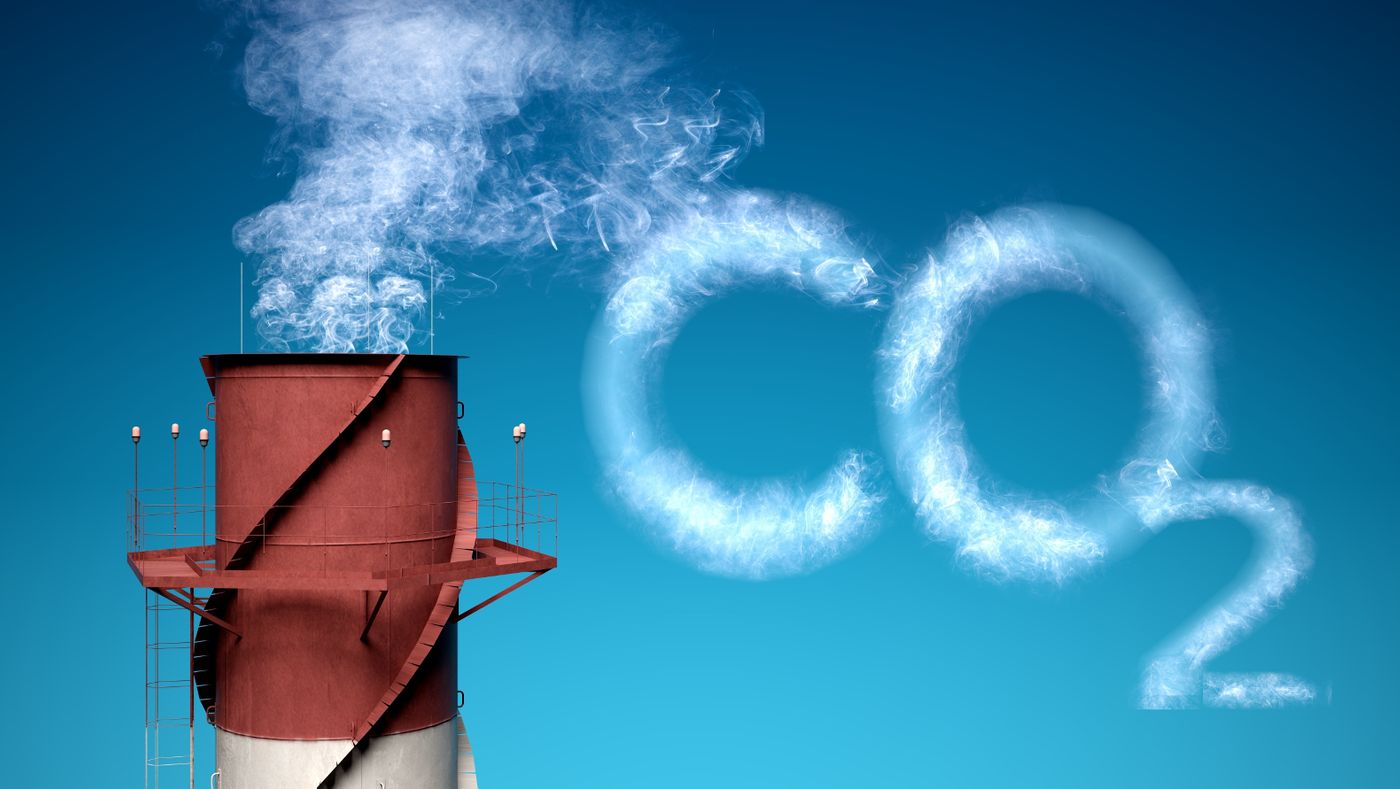Greenhouse gases now higher than in past 800,000 years
A report released Monday by the United Nation's World Meteorological Organization (WMO) has not so good news for the planet: in 2016, carbon dioxide in the atmosphere (ppm) was the highest it has been in 800,000 years.
This past year (2016) the global average parts per million of atmospheric CO2 rose to 403.3, where it had been 400.00 ppm in 2015. That’s 145% of what it was before the Industrial age (when atmospheric CO2 levels were at 280 ppm). The WMO Greenhouse Gas Bulletin explains the change from 2015 as due to both human activities and a strong El Niño event. The report writes that the fear is that these unprecedented levels will cause "severe ecological and economic disruptions.”
Bear in mind that the last time the Earth had roughly equivalent levels of atmospheric CO2 was 3-5 million years ago when the temperature was 2-3°C warmer and sea level was 10-20 meters higher than now.
The data comes from the WMO Global Atmosphere Watch Programme, which tracks changing greenhouse gases and alerts us when anything out of the norm is seen. That’s what happened with the 2016 data: despite human-driven emissions of carbon dioxide remaining consistent over the past several years, atmospheric carbon dioxide from last year increased 50% more than the average yearly increase over the last decade. So, what happened in 2016?
Scientists point towards an usually strong El Niño event, which impacted forests, oceans, and climate patterns globally. One of these impacts is extreme droughts, which inhibit plants from being able to absorb as much CO2 as usual.
The other factor to consider is that although our carbon emissions may be staying the same, all the carbon that we have previously emitted over centuries stays in the atmosphere and creates a radiative force. According to NOAA, that radiative force has increased 40% since 1990, and from just 2015-2016, 2.5%
"CO2 remains in the atmosphere for hundreds of years and in the oceans for even longer. The laws of physics mean that we face a much hotter, more extreme climate in the future. There is currently no magic wand to remove this CO2 from the atmosphere," said WMO Secretary-General Petteri Taalas.
The key findings of the Greenhouse Gas Bulletin from WMO break down their findings more specifically:
“CO2 is by far the most important anthropogenic long-lived greenhouse gas. The rate of increase of atmospheric CO2 over the past 70 years is nearly 100 times larger than that at the end of the last ice age. As far as direct and proxy observations can tell, such abrupt changes in the atmospheric levels of CO2 have never before been seen.”
“Methane (CH4) is the second most important long-lived greenhouse gas and contributes about 17% of radiative forcing. Approximately 40% of methane is emitted into the atmosphere by natural sources (e.g., wetlands and termites), and about 60% comes from human activities like cattle breeding, rice agriculture, fossil fuel exploitation, landfills and biomass burning.”
“Nitrous oxide (N2O) is emitted into the atmosphere from both natural (about 60%) and anthropogenic sources (approximately 40%), including oceans, soil, biomass burning, fertilizer use, and various industrial processes. It accounts for about 6% of radiative forcing by long-lived greenhouse gases.”
Sources: Time, World Meteorological Association









